

Module 2: Fly
This week you’ll learn what it takes to launch a rocket, become health and safety experts, and perform your very first test flight.
Why rockets?
I wonder why we launch rockets? What benefits do they bring to society?
Rockets are used to launch satellites and space shuttles into space. Their extremely powerful engines help them blast into the stars at astonishing speeds.
Satellites are a helpful tool for us Earthlings. They circle around earth in an ‘orbit’ and send us data on things like animals, land and climate change. We use this data to protect our planet.
Did you know: We also sometimes use space satellites to watch TV!
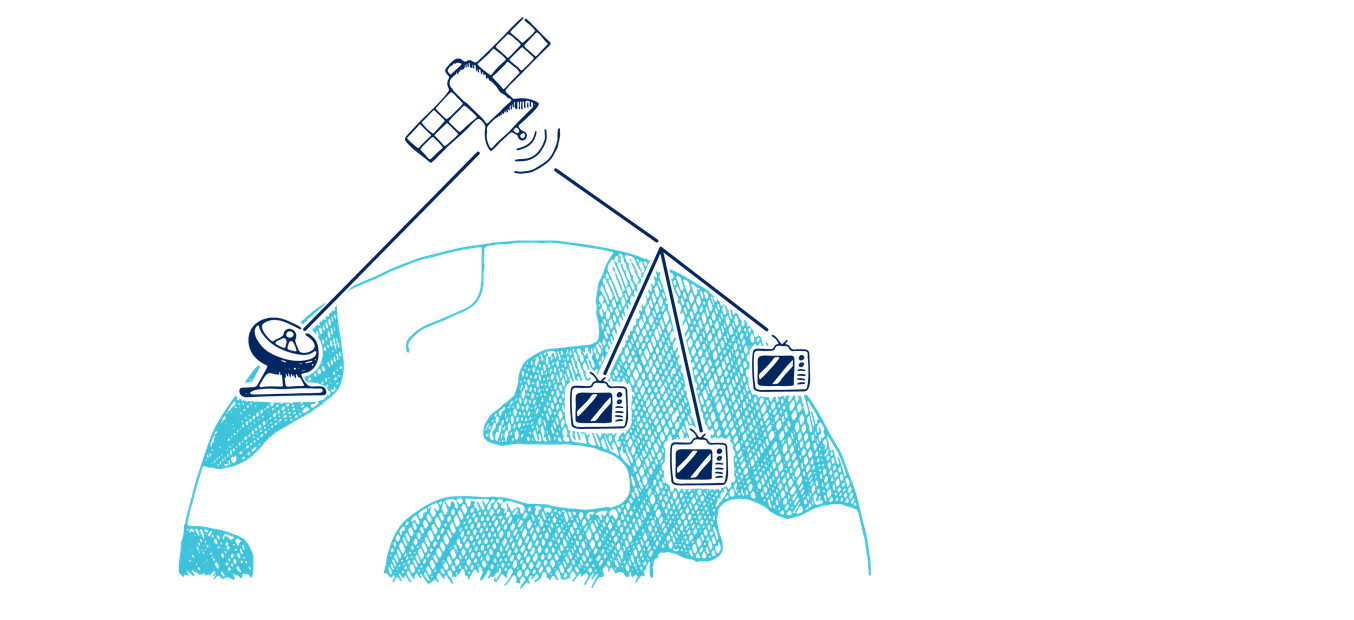
How do we launch a rocket?
There are four key things you need to successfully launch a rocket:

Let’s check in with Brittany, a Masters Student in Biomedical Research, to learn more:

Safety first
When launching rockets, keeping you and your crew safe is your number one priority!
Hear what rocket engineer, Evan, has to say about keeping safe.
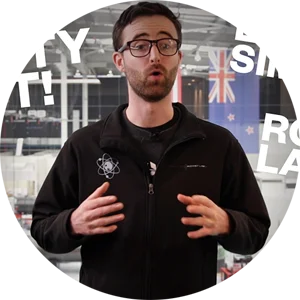
Want to level up your health and safety skills? Why not try this optional relay activity?
Optional activity: Health and safety relay
He tūmahi anō hei whai pea māu: He tauwhawhai e pā ana ki te hauora me te noho haumaru
Understanding launch hazards
A big part of rocket safety is understanding what hazards you might run into before you launch your rockets.
Mission Brief 3: Launch hazards
In your crew, get familiar with the rocket launch hazards and come up with some ways to reduce risk.
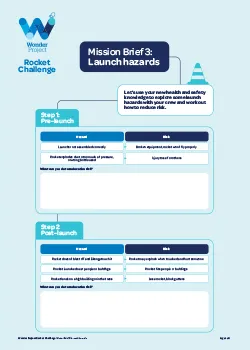
Ngā tohutohu mō te Whāinga 3: Ngā matepā whakarewa
Kia mōhio koutou ko tō rōpū ki ngā matepā whakarewa tākirirangi, ā, whakaarotia ake ētahi huarahi e iti iho ai ngā matepā.
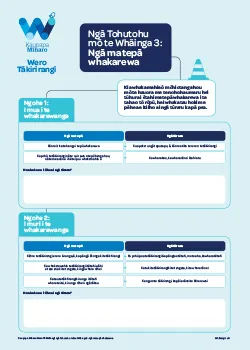
Prepare for launch
Now you have the basics down, you’re ready for your first test flight.
To get started, you’ll need a new 1.5 litre carbonated drink bottle. Due to its ability to stay together under high pressure, a carbonated drink bottle is the only type of bottle you should use with your rocket launcher.
We’re going to test a plain bottle for your first flights.
Testing variables
You’re going to collect data on your first test flight to understand how variables affect your rocket’s flight.
Variables are things that change or can be changed. People with STEM jobs use variables to experiment and test the best way to achieve their goals.
For your rocket launch, the variable you'll be testing is the water level in your bottle.
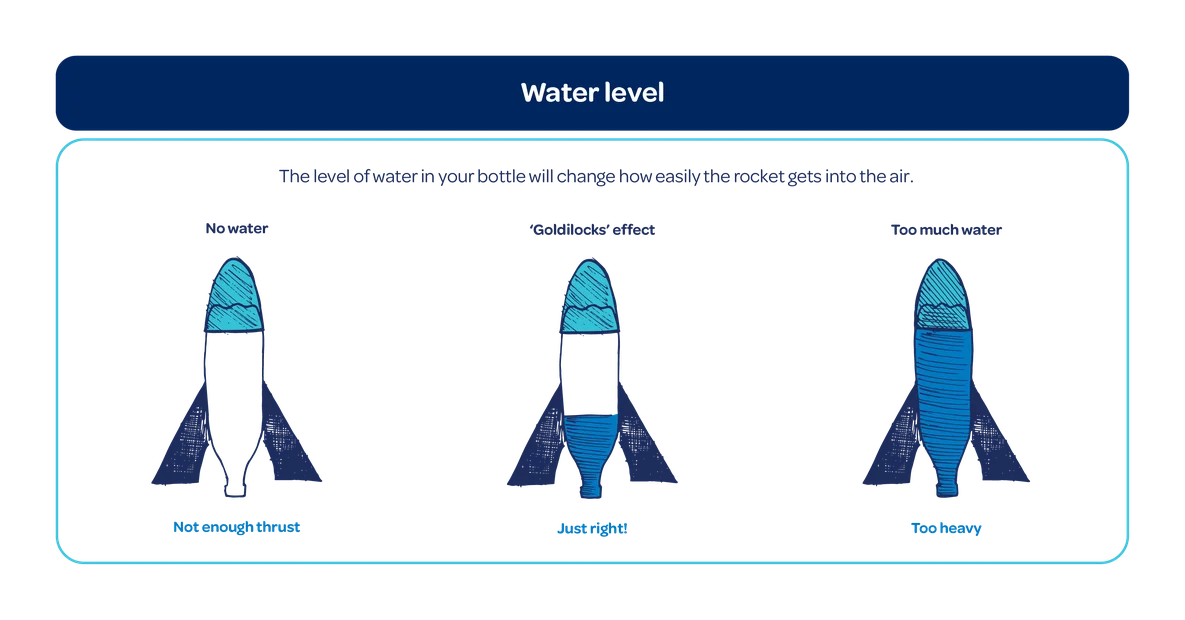
To get your rocket in the air, you’ll need to add air pressure.
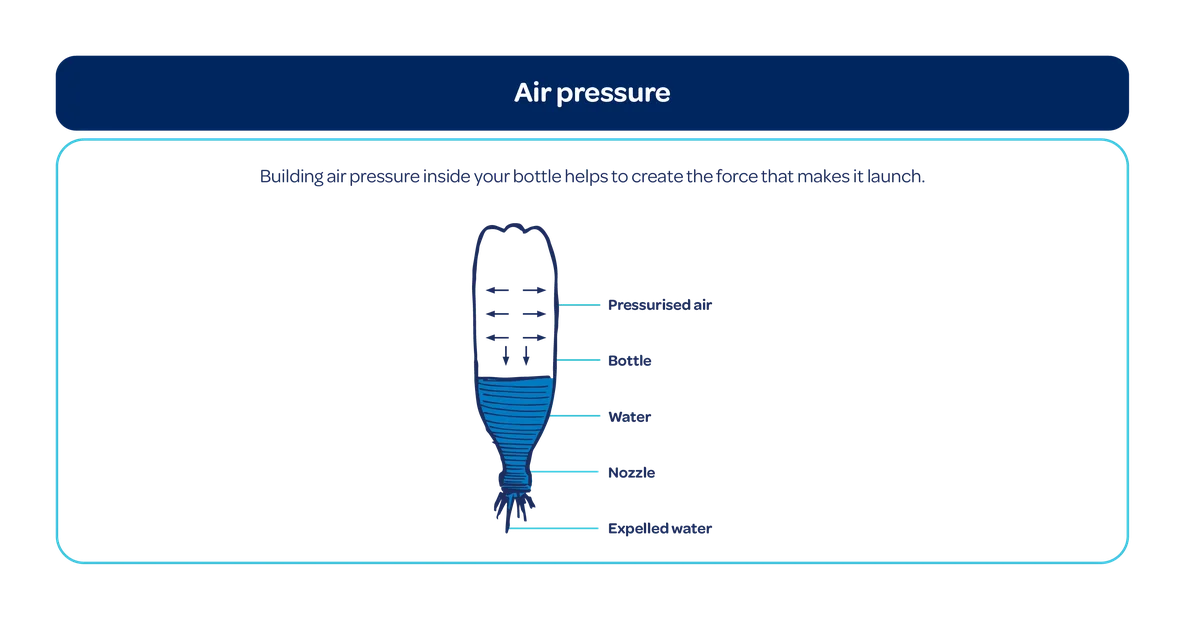
You'll be pumping the air pressure to 60 psi, which stands for pound-force per square inch. Your rocket launcher has a psi gauge, so you can be really accurate.
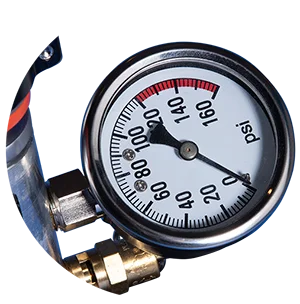
Safety first!
Soda bottles can explode if they get to over 90 psi. Your limit for the Rocket Challenge is 60 psi.
Remember!
Before you head to the launchpad, don’t forget to:
- Review the health and safety rules
- Make sure you know your crew’s roles
- Ask someone to video the test flights
- Bring a copy of Mission Brief 4 and a pen to collect flight data!

Mission Brief 4: First test flights
It’s time to launch your first rocket! You’ll need at least two members of the crew to record results, and another crew member to video the launches.
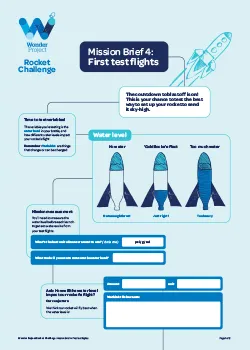
Ngā tohutohu mō te Whāinga 4:
Ngā rerenga whakamātautau tuatahi
Kua eke ki te wā e whakarewatia ai tō tākirirangi tuatahi! Me tokorua, me neke atu rānei i tērā, nō te rōpū hei tuhi i ngā putanga, ā, me kotahi atu anō nō te rōpū hei whakaahua i ngā whakarewanga.
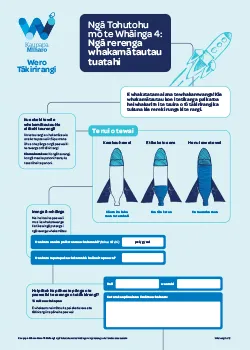
Understanding your data
Now that you’ve collected data on your rocket variables, you can use this to figure out the best water level to launch your rocket sky-high.
Lightbulb moment! You can use data to make meaning from observations (what can you see and how can this help you?)
Get into your crew and analyse your results on Mission Brief 4. Your Mission Command can help you understand the data you’ve collected on this test flight.
Update your sticker chart
Completed all your Mission Briefs for this module? Don’t forget to put a sticker on your chart!
Module 2 checklist
- Learned all about rockets and how we use them
- Watched: 4 things to launch a rocket
- Watched: Safety first
- Completed Mission Brief 3: Launch hazards
- Watched: Launching your rocket
- Completed Mission Brief 4: First test flights
Optional – Health and Safety relay
Ready for the next step?